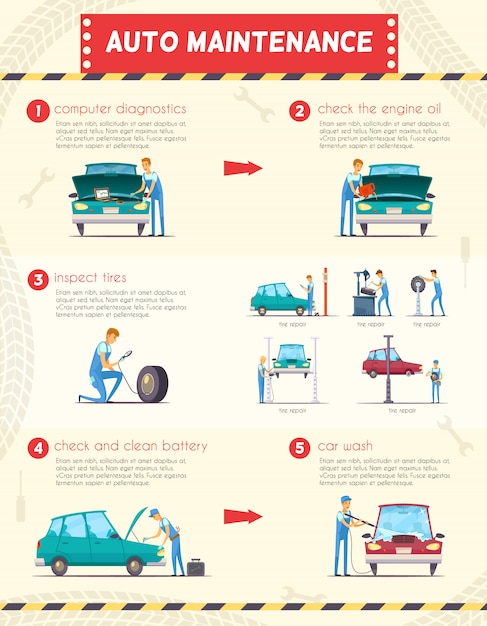Understanding Your Vehicle'S Warning Lighting: What Do They Really Mean?
Understanding Your Vehicle'S Warning Lighting: What Do They Really Mean?
Blog Article
Material Develop By-Sykes Stark
When you're behind the wheel, those radiant warning lights on your dashboard can be a little bit perplexing. Do you know what they're attempting to inform you about your car's health? Understanding the significance of these lights is vital for your safety and the longevity of your vehicle. So, the next time among those lights appears, would not you want to understand its message properly and take the essential actions to address it?
Common Warning Lighting and Interpretations
Identify typical warning lights in your cars and truck and comprehend their meanings to ensure risk-free driving.
https://www.wndu.com/2022/04/12/high-demand-auto-parts-causing-repair-delays-mechanic-shops/ of the most typical warning lights consist of the check engine light, which indicates concerns with the engine or exhausts system. If this light comes on, it's essential to have your automobile examined quickly.
The oil stress warning light indicates low oil stress, needing instant attention to prevent engine damages.
A flashing battery light might recommend a malfunctioning billing system, possibly leaving you stranded otherwise dealt with.
The tire pressure surveillance system (TPMS) light informs you to reduced tire pressure, impacting automobile stability and fuel efficiency. Ignoring this could lead to dangerous driving problems.
The abdominal light indicates a trouble with the anti-lock stopping system, compromising your capability to quit promptly in emergencies.
Lastly, the coolant temperature level cautioning light warns of engine getting too hot, which can lead to serious damage if not fixed quickly.
Recognizing bestautodetailingauckland will assist you deal with problems promptly and preserve safe driving problems.
Importance of Prompt Focus
Recognizing the typical warning lights in your vehicle is just the very first step; the significance of quickly addressing these warnings can't be stressed sufficient to ensure your safety and security when traveling.
When a warning light illuminates on your dashboard, it's your auto's way of communicating a prospective problem that needs attention. Ignoring these warnings can cause much more severe troubles later on, compromising your security and possibly costing you more out of commission.
Prompt focus to alerting lights can avoid break downs and mishaps. As an example, a blinking check engine light can suggest a misfire that, if left unattended, can create damage to the catalytic converter. Addressing this promptly can conserve you from an expensive repair.
In a similar way, a brake system warning light might signify reduced brake fluid or worn brake pads, important parts for your safety and security when driving.
Do It Yourself Troubleshooting Tips
If you notice a warning light on your control panel, there are a few do it yourself troubleshooting tips you can try prior to seeking specialist help.
The very first step is to consult your auto's guidebook to recognize what the specific warning light shows. Occasionally carinteriorcleaningnearme can be as basic as a loosened gas cap setting off the check engine light. Tightening the gas cap might deal with the issue.
An additional typical problem is a reduced battery, which can cause various advising lights. Examining the battery links for deterioration and ensuring they're protected may deal with the problem.
If a warning light persists, you can attempt resetting it by disconnecting the automobile's battery for a couple of mins and then reconnecting it. Furthermore, inspecting your vehicle's fluid levels, such as oil, coolant, and brake fluid, can help repair advising lights related to these systems.
Final thought
Finally, understanding your cars and truck's caution lights is essential for maintaining your car running efficiently and securely. By promptly attending to autoandmarinedetailing and understanding what they imply, you can prevent costly repair work and possible malfunctions.
Bear in mind to consult your car's guidebook for specific information on each cautioning light and take action appropriately to ensure a hassle-free driving experience.
Keep informed, stay risk-free on the road!
